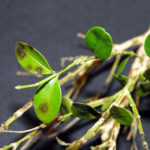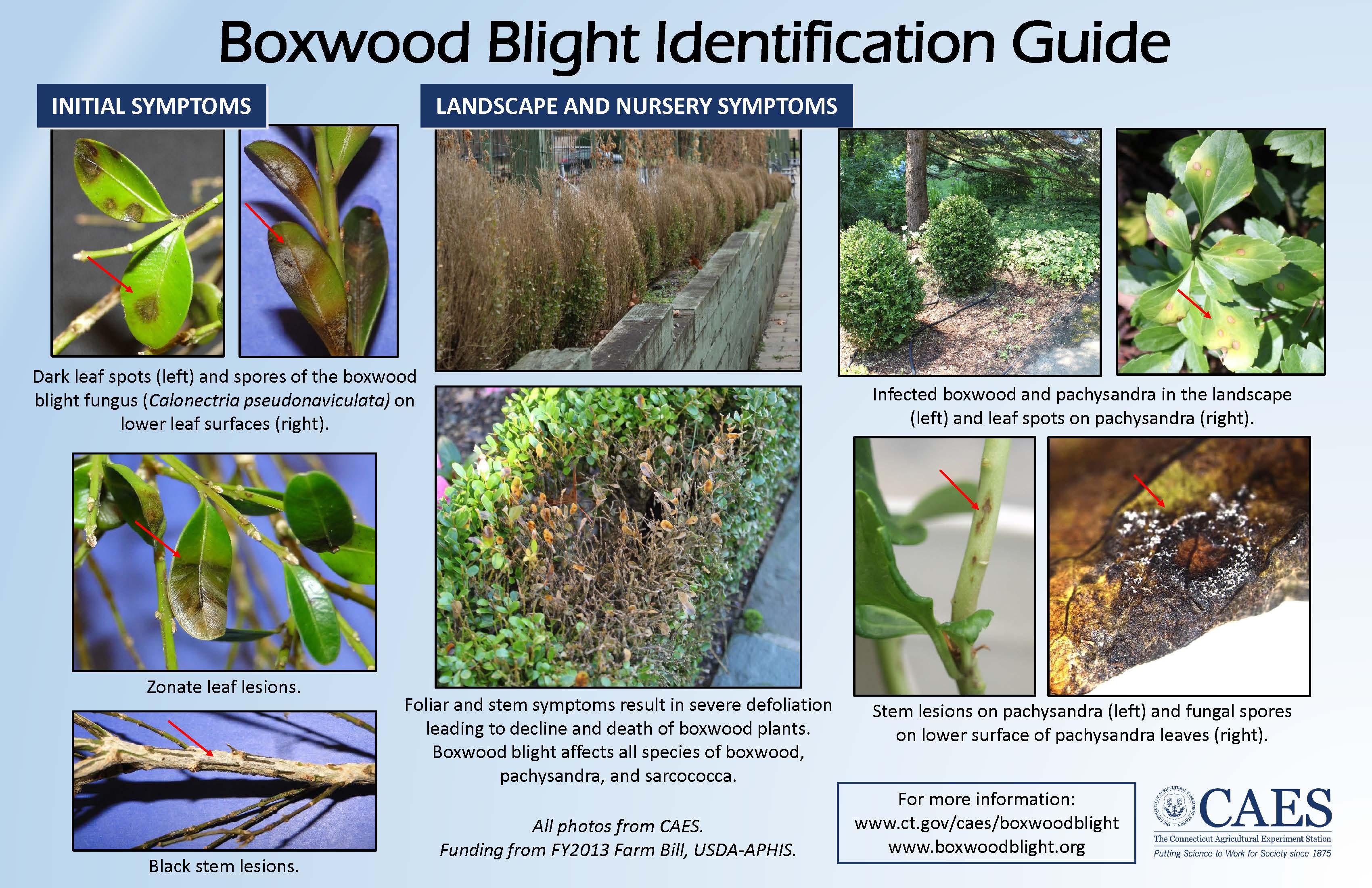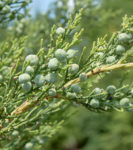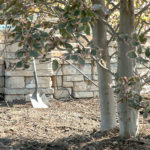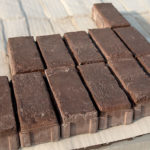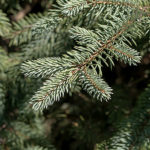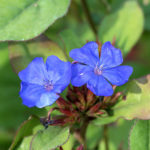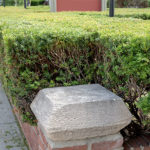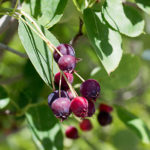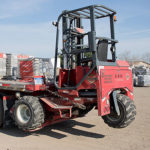Horticulturally speaking, the color blue is rare. So rare, that many of the flowers we call "blue" are in fact... purple. Blue iris? Purple. Blue roses? HA! Purple - and weak at that. Syringa, Campanula, Lobelia, Hyacinth, Baptisia... all have varieties CALLED blue, but they are... purple. I found this quite confusing when I started in the nursery business. Apparently we gardeners are DESPERATE for blue in the garden and we will call anything close "blue".
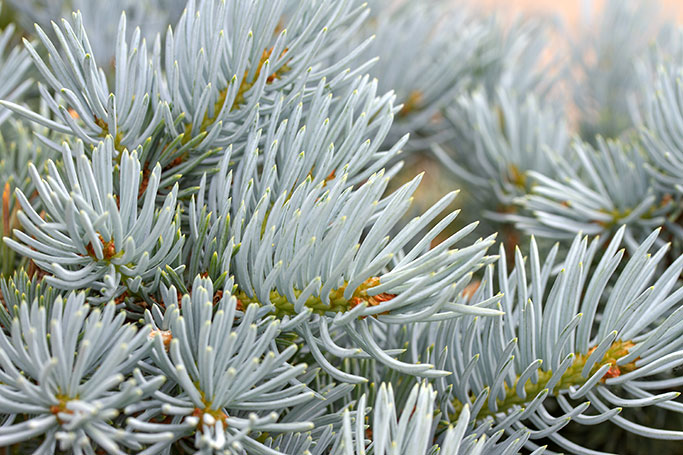
Picea pungens 'Glauca Globosa'
This tendency extends to foliage as well - blue spruce, blue juniper, and blue hosta, are all rather more silvery than blue, with the added insult of the color wearing off with weather and time! I still chuckle about the customer I had on the retail lot one day, who accused us of spray-painting the 'Moerheim' spruce because, "Look! It rubs off!" There wasn't much I could say because he was right, it did.
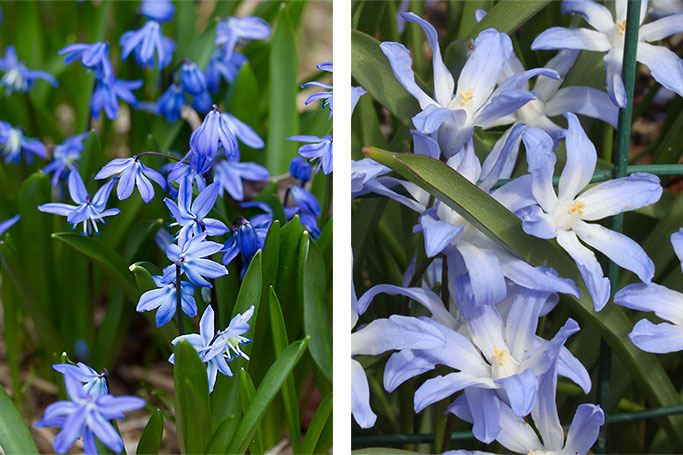
L: Scilla siberica - R: Chionodoxa luciliae
There ARE a few truly blue flowers we can grow in Michigan. Amsonia, Delphinium, Virginia Bluebells, the annual 'Black and Blue' Salvia, Forget-me-nots, Sisyrinchium, and Ceratostigma all have excellent blue flowers. Scilla siberica is a minor bulb that naturalizes and can give you an ocean of blue flowers every spring. Chionodoxa's pretty good, too.
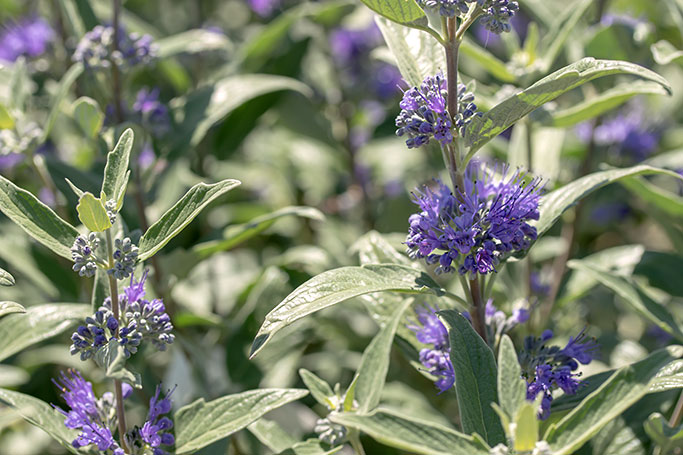
Caryopteris x clandonensis
In shrubs you can try Caryopteris - wait, that one's a bit on the purple side - heck, it's barely a shrub, more like a woody perennial. Hmmmm. Hibiscus 'Blue Chiffon' is pretty blue. Almost. OKAY, OKAY, FINE. You want blue? You'd best be planting Hydrangea. The old favorite, 'Nikko Blue' has been surpassed by newer cultivars like Nantucket Blue™ and The Endless Summer® line, with the original Endless Summer®, Twist-n-Shout®, and BloomStruck® all of which bloom on both old and new wood. These plants can be coaxed into producing nice blue blooms with the proper soil pH.
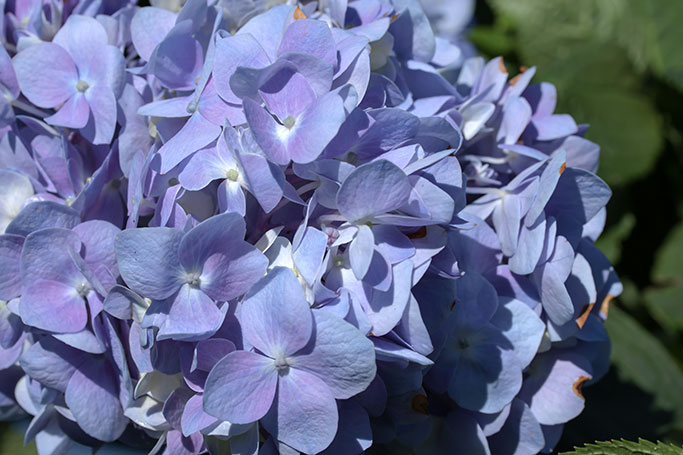
Hydrangea Endless Summer®
So you do have some options. And take those photos of bright blue-flowering plants on Pinterest with a grain of salt. Most of them are Photoshop. Or perhaps dyed like those poor Phalenopsis orchids at the grocery store.
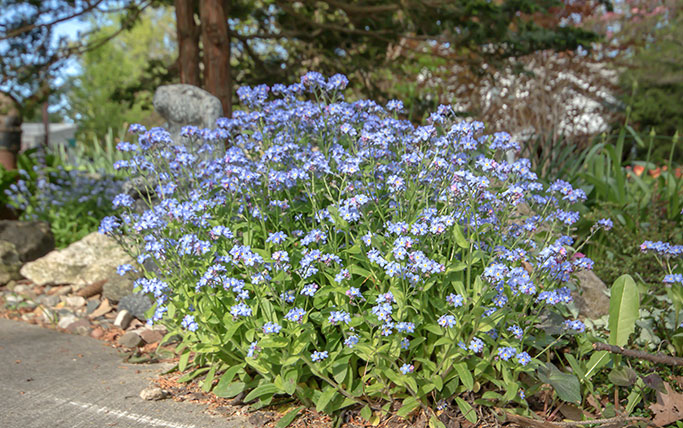
Myosotis palustris


